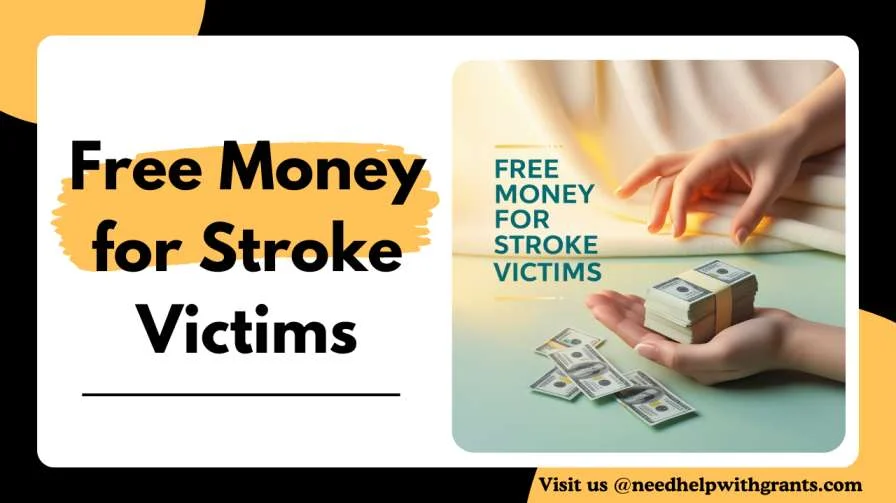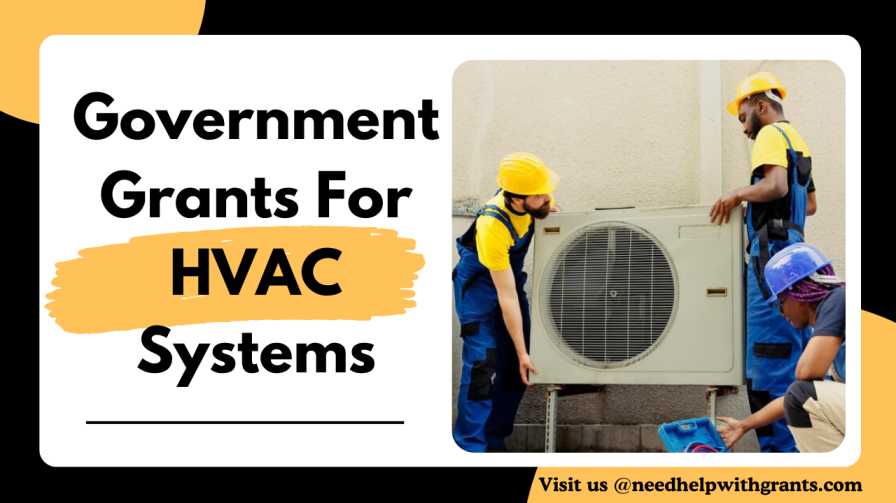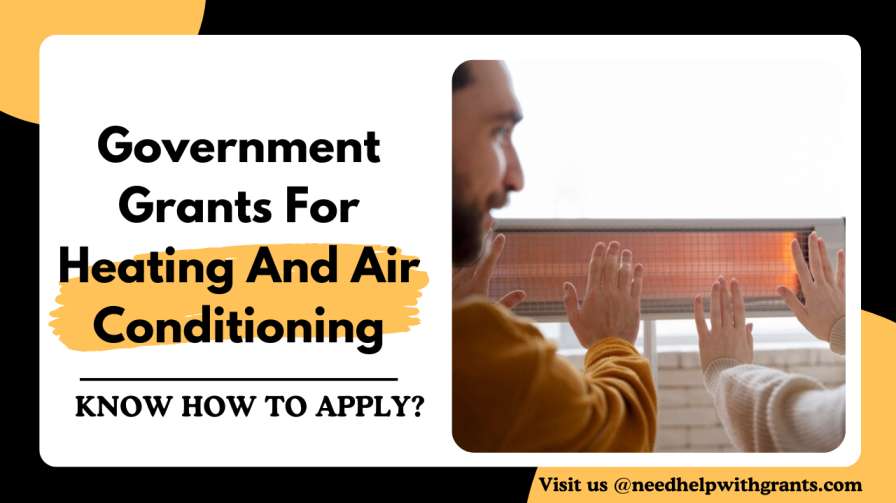Free Money for Stroke Victims
A stroke person can be a significant financial burden. Due to medical expenses, rehabilitation costs, and loss of accumulated income, Fortunately, there are various channels of financial support designed to help stroke patients regain stability.
This comprehensive guide provides clarity on how to access free money and financial assistance programs for victims and their families.
Recovering from a stroke is a long and expensive process during the first hospital stay rehabilitation therapy and the possibility of taking medication for life. Costs can skyrocket quickly. Moreover, Many stroke patients are temporarily or permanently unable to work. As a result, their financial resources are increasingly strained.
The average cost of caring for a stroke person in the first year can be more than $20,000. Add in lost income from being unable to work and the numbers are staggering. Fortunately, there are many financial aid options to explore.
Where Can I Get Financial Aid for a Stroke Patient?
Here are the resources from where you can get financial aid for a stroke patient. Get free money for stroke victims from these resources.
Government Grants for Stroke Victims
- Medicare/Medicaid: Stroke patients may get financial aid from government-sponsored health programs such as Medicare (for the elderly or disabled) or Medicaid (for low-income families in the United States).
- Social Security Disability Insurance (SSDI): In the United States, if a stroke patient cannot work, they may be eligible for SSDI benefits.
- State-specific help: Many states offer financial support programs for people who have had a stroke. Check with your local health or human services department.
Non-Profit Organizations
- American Stroke Association (ASA): ASA provides education and support for stroke survivors. They can also help you get financial assistance.
- National Stroke Association: This group provides programs, support, and financial support for stroke survivors.
- Patient Support Foundation: Provides support to stroke patients for medical expenses including shared relief and access to treatment.
- Local Charities: Many local or regional charities offer grants or financial assistance to stroke survivors—especially rehabilitation and medical expenses.
Also read: Churches That Help With Financial Assistance
Health insurance
- Private health insurance: Check your policy for coverage related to wound treatment. Hospital stay and continuous care
- Long-term disability insurance: This can replace income or financial assistance if the patient had insurance before the stroke.
Veteran benefits (For veterans)
- VA Health Care: Veterans who have had a stroke can apply for financial and medical assistance through the Department of Veterans Affairs (VA).
Community and Fundraising
- GoFundMe and other fundraising platforms: Many stroke patients or their families raise money for treatment and recovery through online fundraising.
- Supporting the local community: Some communities or religious organizations may organize fundraising events to help needy people.
Housing Assistance for Stroke Victims
For many stroke survivors Changing your home or finding affordable housing is an important aspect of living independently. Fortunately, some programs provide financial assistance for specific housing needs.
- Home Improvement
Grants are available for stroke survivors to make necessary changes to their homes, such as installing ramps, building doors, adding handrails, and programs such as a waiver for Home and Community-Based Services (HCBS) of Medicaid, and the VA Special Modified Housing Grant to cover the costs of these changes can help you.
- Finding affordable housing options
For injury victims who want to move, There are housing projects that provide affordable and accessible apartments. The Department of Housing and Urban Development (HUD) provides vouchers and financial assistance to individuals with disabilities including stroke survivors to help them find the right place to live.
Free money from crowdfunding platforms
Crowdfunding has become a popular way for individuals to raise money for medical bills, rehabilitation, and other expenses related to injury Platforms like GoFundMe allow stroke victims and their families to create campaigns and share their stories, encouraging friends, family, and even strangers are encouraged to donate.
- Using GoFundMe and other platforms for medical expenses
Setting up a crowdfunding campaign on a platform like GoFundMe is relatively straightforward. You will need to create a compelling story about a traumatic experience. Outline financial needs and share with potential donors on social media. Many stroke survivors have successfully raised funds for medical bills, rehabilitation costs, and assistive devices through these platforms.
- Creating a Successful Crowdfunding Campaign
Successful crowdfunding campaigns rely on transparency and emotional connection including detailed information on how to use the funds, and include regular updates to keep donors informed of progress. Photos and personal stories can increase engagement and encourage more donations.
Grants and Scholarships for Stroke Victims and Their Families
Grants and scholarships are available for stroke victims and their families, especially in education and retraining.
- Funds to support education and retraining
For people who have had a stroke and are unable to return to their previous jobs. Retraining grants can provide financial assistance for a new career path. Vocational schools community colleges and online learning platforms often offer scholarships specifically for people with disabilities.
- Scholarships for family caregivers
Family members caring for a stroke victim may be eligible for scholarships or stipends to help with medical expenses. Organizations such as the Family Caregiving Alliance offer resources and financial assistance programs for caregivers to reduce the stress of management.
Medicaid and Medicare coverage
Medicaid and Medicare may be essential resources for stroke patients seeking financial assistance. It is important to understand what these programs cover and how to qualify.
- What does Medicaid cover?
Medicaid is a federal and state program that helps people with limited income and resources with medical expenses. For people who have had a stroke, long-term care services can be covered by Medicaid, home health services, and physical therapy. Each state has its eligibility criteria. Therefore, it is important to check the specific guidelines in your area.
- How can Medicare help stroke victims?
Medicare, the federal health insurance program, also provides support for stroke survivors. This is especially true for people over 65 years of age. This includes hospitalization. home health services and rehabilitation treatment But it’s important to know the limitations. This is especially true regarding long-term care.
What Support is Available for Stroke Victims?
Stroke victims can access various forms of support, including:
Medical support and rehabilitation
- Hospitals and Clinics: Provide emergency care and ongoing treatment.
- Physical, speech, and occupational therapy: Helping stroke patients regain mobility, communication skills and independence.
Financial assistance
- Medicare and Medicaid: Covers medical and long-term care costs for eligible patients.
- Social Security Disability Insurance (SSDI): Provides financial assistance to people who are unable to work because of injury-related disability.
- Supplemental Security Income (SSI): Provides need-based financial assistance to people who do not qualify for SSDI.
- Veterans Affairs (VA) benefits: Provides financial and medical support for veterans who have had a stroke.
Emotional Support and Community
- Trauma Support Groups: Provide emotional support and connect survivors with others who share similar experiences.
- Nonprofit Organizations: Groups such as the American Stroke Association provide resources, education, and sometimes financial assistance.
Disability Living Allowance After Stroke
After having a stroke Individuals will be eligible for Personal Independence Payment (PIP), which replaces the Disability Living Allowance (DLA) in the UK. PIP provides financial assistance to people who have a long-term disability that affects them. Daily life and movement People with stroke who struggle with activities such as dressing, cooking, or traveling may qualify.
PIP is divided into two components: Daily living components for personal care needs. and mobility components for mobility assistance. Eligibility is based on a health assessment. The amount awarded depends on the severity of the impact of the wound on the individual’s ability to live independently.
Conclusion
Recovering from a stroke is a challenging process. But there are many financial aid programs, grants, and resources available to help ease the burden. whether through government projects Charitable organizations or fundraising platforms Stroke victims can find ways to get the support they need. By taking advantage of these resources Trauma survivors can focus on recovery without the stress of overwhelming financial hardship.
FAQs
How to get money after a stroke?
The Stroke Foundation uses sub-providers that are relevant to stroke survivors and impact different economies, to make physiotherapy, occupational therapy, or speech therapy more affordable.
What help do you get after a stroke?
This plan includes Daytime activities and activities that require movement; this is time to sit at the table if issues arise. Cognitive behavioral therapy (CBT) to help with anxiety, depression, and fatigue.



